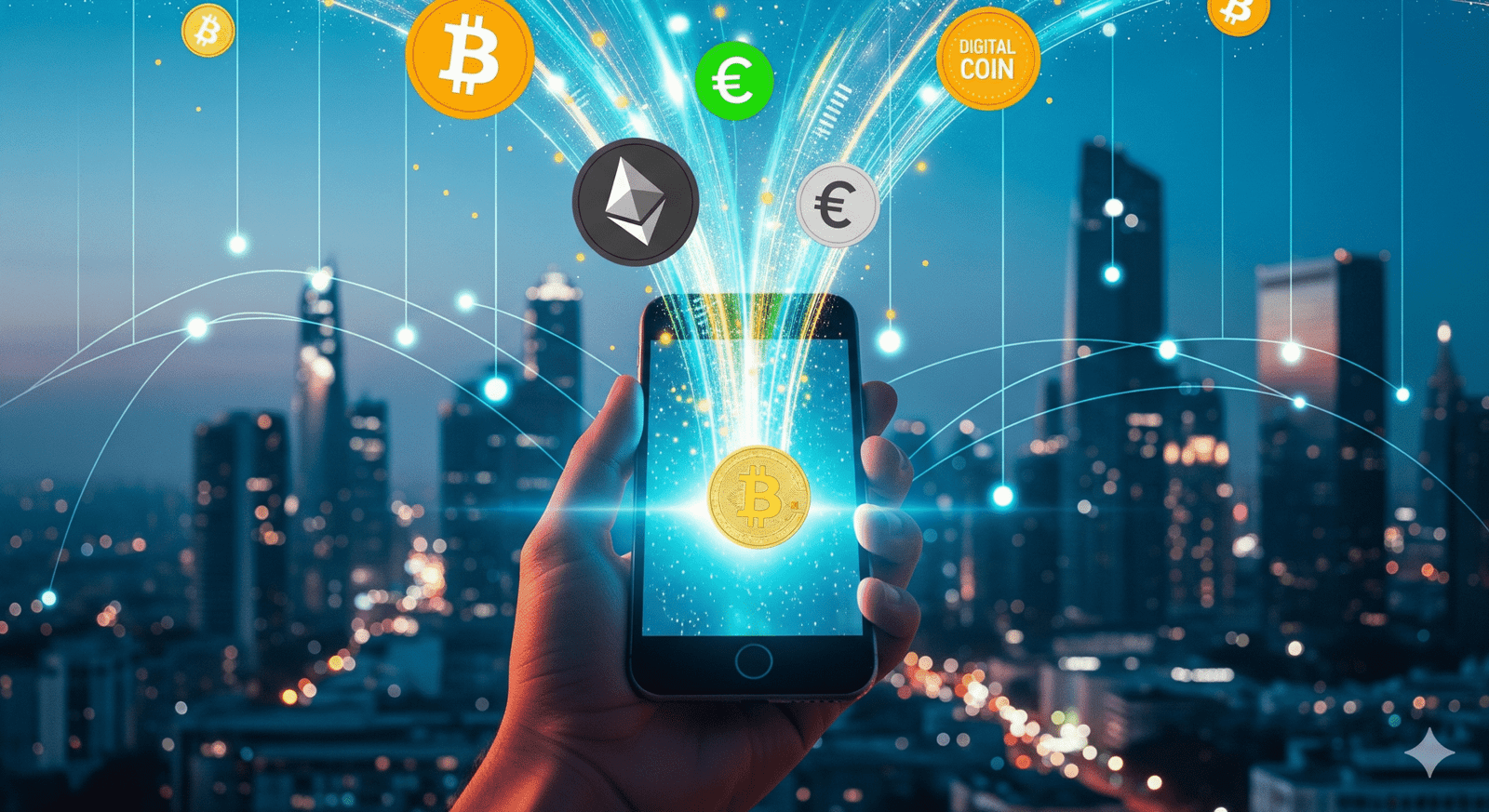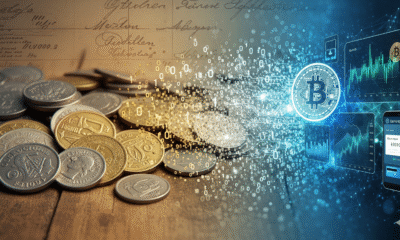Introduction
The financial industry is in the middle of a historic transformation. From digital wallets to robo-advisors, technology has rewritten how money is managed, invested, and transferred. This revolution—driven by fintech (financial technology) and digital banking—is not just about convenience; it’s about building a system that is faster, more inclusive, and more resilient.
As cryptocurrency, DeFi, and Central Bank Digital Currencies (CBDCs) reshape traditional banking, we are witnessing the early stages of a cashless future. But what exactly is fueling this fintech wave, and how will it impact consumers, businesses, and the global financial system?
What is Fintech?
- Definition
- Fintech refers to the use of innovative technologies to improve financial services.
- Examples: Mobile banking apps, peer-to-peer lending platforms, payment gateways like PayPal, and robo-advisory tools.
- Why Fintech Matters
- Reduces costs for consumers and businesses.
- Increases access to financial services for the unbanked population.
- Enhances speed, personalization, and security in transactions.

The Digital Banking Revolution
- From Traditional Banks to Neobanks
- Traditional banks: Slow-moving, heavy on paperwork, high fees.
- Neobanks (digital-only banks): Mobile-first, low-cost, user-friendly, often with AI-driven financial advice.
- Examples: Chime, Revolut, Monzo, N26.
- Core Features of Digital Banks
- 24/7 access via mobile apps.
- Real-time payments and low-cost international transfers.
- Integrated budgeting and financial wellness tools.
- Consumer Shift
- Surveys show younger generations trust fintech firms more than traditional banks.
- Digital banking adoption surged during COVID-19, as lockdowns forced people online.
Key Innovations in Fintech
- Mobile Payments & Wallets
- Examples: Apple Pay, Google Pay, Paytm, Alipay.
- Mobile wallets are increasingly replacing physical cards.
- Robo-Advisors
- Automated platforms like Betterment and Wealthfront provide investment guidance at low fees.
- Buy Now, Pay Later (BNPL)
- Firms like Klarna, Afterpay, and Affirm disrupted credit cards with flexible payment plans.
- Blockchain and DeFi
- Enables secure, transparent, and decentralized financial transactions.
- Smart contracts remove the need for intermediaries.
- Artificial Intelligence & Machine Learning
- Used for fraud detection, credit scoring, and personalized banking services.
Benefits of Fintech and Digital Banking
- Financial Inclusion
- Over 1.4 billion adults remain unbanked (World Bank, 2022).
- Fintech provides access to banking through smartphones.
- Lower Costs
- Neobanks and fintech firms operate without expensive physical branches.
- Savings are passed on to customers in the form of lower fees.
- Enhanced Customer Experience
- Personalized insights, faster transactions, 24/7 availability.
- Global Reach
- Cross-border transactions are simpler and cheaper.
- Important for international freelancers, small businesses, and global trade.
Challenges in the Fintech Revolution
- Cybersecurity Risks
- With more digital transactions, cyberattacks and data breaches are on the rise.
- Regulatory Uncertainty
- Many governments are still figuring out how to regulate fintech firms and cryptocurrencies.
- Lack of uniform laws creates risks for global companies.
- Market Volatility
- Digital currencies and fintech startups are vulnerable to sudden changes in regulation and investor sentiment.
- Trust Issues
- Some consumers worry about relying on digital-only banks with no physical branches.

Case Studies
- Revolut (UK)
- Started as a currency exchange app, now offers banking, investing, and crypto trading.
- Over 35 million users worldwide.
- Paytm (India)
- Transformed India’s payment landscape with mobile wallets and QR-based payments.
- Played a major role in India’s shift toward a cashless economy after demonetization.
- Stripe (USA)
- Revolutionized online payments for businesses.
- Used by companies from startups to giants like Amazon.
The Future of Fintech and Digital Banking
- Central Bank Digital Currencies (CBDCs)
- Governments are testing digital currencies (China’s Digital Yuan, EU’s Digital Euro, India’s Digital Rupee).
- Could make cross-border trade faster and reduce reliance on cash.
- Open Banking
- Sharing of financial data (with customer consent) between banks and third parties.
- Will lead to more personalized and competitive financial services.
- Embedded Finance
- Non-financial platforms (like Uber or Amazon) integrating financial services directly.
- Example: Loans and payments embedded within e-commerce apps.
- AI-Powered Financial Advisors
- Virtual assistants will provide real-time, personalized money management.
- Towards a Cashless Future
- Scandinavian countries already use digital payments for 90%+ of transactions.
- By 2030, physical cash could become a niche form of payment.
Conclusion
The rise of fintech and digital banking marks one of the most significant changes in modern financial history. From neobanks to blockchain-based platforms, innovation is driving a system that is more inclusive, transparent, and efficient.
Yet, the road ahead is not without challenges. Cybersecurity, regulation, and volatility will determine how smoothly we transition into a cashless future. For consumers and businesses alike, embracing fintech isn’t optional—it’s the new normal.
In the coming years, the winners will be those who adapt to digital-first finance while balancing innovation with trust and security. The cashless revolution has already begun, and its impact will be felt across every corner of the global economy.


















